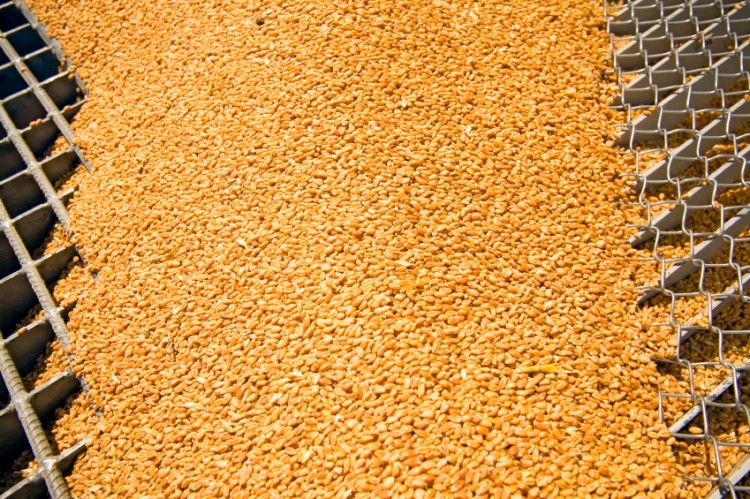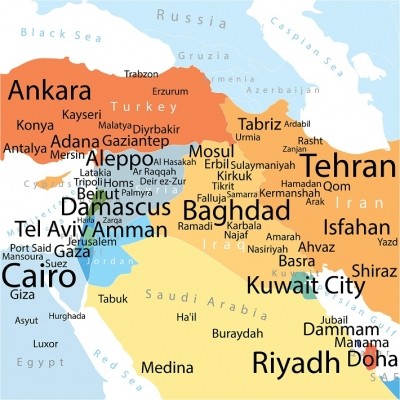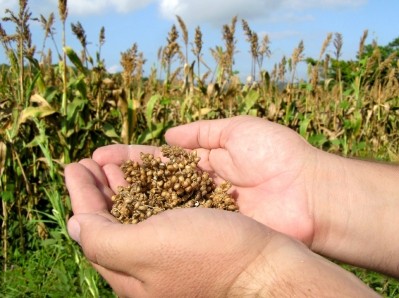Special Edition: Feed developments in Africa and the Middle East
US grains council sees huge opportunities in Africa

As part of its work developing export markets for feed ingredients and grains, the US Grains Council (USGC) has been engaged in African markets over the past few years, said Kurt Shultz, senior director of global strategies with the USCG.
In northern African countries, like Morocco and Tunisia, the Council has been focusing on capacity building and the expansion of livestock production programs, he said.
“Fifteen years ago, Morocco was a completely different industry, it was fragmented and small,” he said. “Now the largest feed mill in Africa is in Morocco – you could not get any poultry slaughter houses in Morocco and now you have one company investing $40m.”
Similar growth patterns are happening with cattle production, he said. Commentators have been forecasting that the models used Morocco could offer guidance to countries in other parts of Africa.
USCG efforts and the need for more feed
There are several countries on the continent, like Nigeria, that offer a large population but currently have a relatively low consumption of animal proteins, said Shultz. “There’s huge potential there, the question is, ‘How do you build the value chain for the processing that can supply that?’”
“From a Grains Council perspective, we’re seeing Nigeria import [more] corn from the US – that is an opportunity that you build on,” he said.
Countries like Kenya and Ethiopia are starting to look for higher quality proteins and a rail line is currently in construction, which could improve the transportation of grains and feed, he said.
“You see – manufacturing parks in Ethiopia and you’ll have higher income levels and that will stimulate demand long term."
“We’re trying to be a catalyst to work with the key companies to address their production constraints – it can be buying grain, or how do deal with heat stress and disease,” said Shultz. “What are the things that are keeping them from expanding – as you’re more profitable as a farmer then you’re more likely to reinvest it. That’s a lot of the approach that we have – how do we partner in poultry, and beef and dairy sectors and address the things that keep them from expanding?”
Challenges that remain in some places may cover several areas including local restrictions, import regulations or the lack of support for supply chains, he said.
The USGC also may work on changing the focus of producers, he said. The shift can be getting producers to consider producing higher value items for the export market, he said.
“Imports of feed to Ethiopia may mean they can export beef,” he said. “It’s looking at high-value or value-added – would you rather sell corn or beef internationally [and] it’s a portfolio approach – do you export grain or beef or a variety of products?”
Grain production snapshots
In terms of crop conditions in various African countries, a note from the USDA's Foreign Agricultural Service (FAS) found Tunisia had a mostly favorable growing season and is expected to have a production of about 1.2m metric tons of wheat and 500,000 metric tons of barley for the 2017/18 marketing year.
The production area planted for both grains saw an increase from the previous year.
“Tunisian wheat consumption in MY [marketing year] 2017/18 is forecast at 2.975m metric tons, reflecting a trend average of roughly 1.8%,” they said. “Barley consumption is forecast 50,000 MT higher than 2016/17, following reports of increased barley feeding vis-à-vis a year ago despite satellite imagery indications of favorable vegetative conditions for grazing.”
Imports are expected to be about 3m metric tons in wheat and 750,000 metric tons of barley, they added.
Morocco is predicted to see a recovery from the poor harvest in 2016/17, the FAS attachés said. Expectations were for 4.59m metric tons of wheat and 2.05m metric tons of barley with imports at 5.1m metric tons and 250,000 metric tons, respectively.
The USDA forecast that Nigeria would see production of about 16.3m tons for wheat, rice, corn and sorghum combined, slightly lower than the 2016/17 marketing year.
Imports were predicted to dip by about 3%, while exports rose by about 21% from increased nearby demand, the attachés said.
South Africa also is predicted to be a net exporter of corn in the 2017/18 year, said the USDA. The country imported about 2.2m tons of the feed grain in 2015/16 as drought reduced internal production.
“South Africa’s commercial corn crop is estimated at a historically high level of 16m tons in the 2016/17 MY, an increase of 105% from the 2015/16 MY drought-reduced commercial corn crop of 7.8m tons, the attachés said. “Post estimates South Africa will export about 2.5m tons and 2.0m tons of corn, respectively, in the 2016/17 MY and 2017/18 MY.”










